Meet the Archetype Diet—a Psychological Guide About Female Empowerment

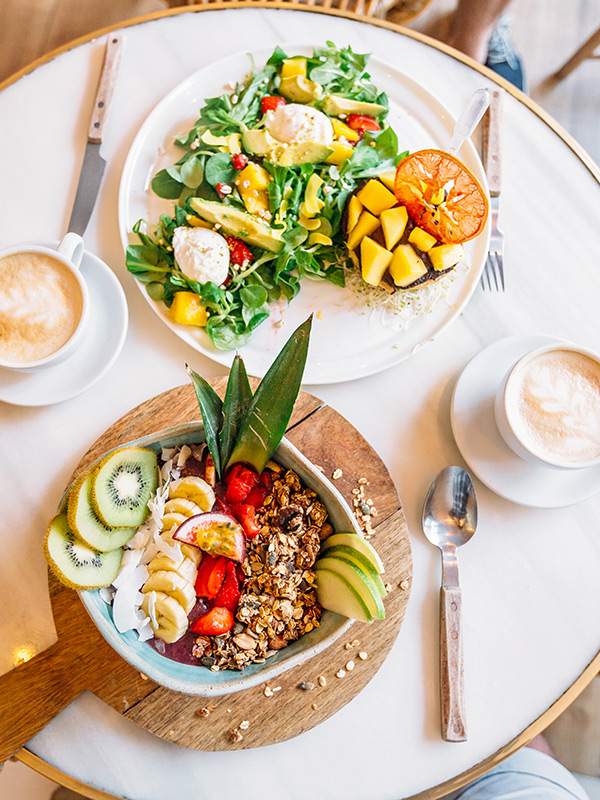
Let it be known: Never in a million years did I ever think I'd sing the praises of a "diet." The word, to be honest, is dead to me—a dirty, four-letter word that only provokes dark and stormy memories of a high school–bred eating disorder and a childhood in which my mom dabbled in diets like Don Draper dabbled in women—one for each week of the month. That, combined with a dad who touted the benefits of typical granola fare like ground flaxseed and kefir (and the evils of sugar) at the dining room table left me and "diet" on ugly terms. A nasty relationship that has only become more jagged, snarled, and complicated as I've gotten older. I love my parents, and in no way do I overtly blame them for my own bumpy battles with eating, but I'd also be lying if I said a premature exposure, perception, and emphasis on dieting didn't warp the way I understood and ultimately relied upon food growing up—manipulating it, demonizing it, glorifying it, and everything in between. Objectively, food shouldn't complicated or stressful. But for me, it always has been.
For a long time, I thought I was "recovered" from my eating disorder. That's what I told other people and that's what I told myself. It had never been about food for me—on a superficial level, sure, maybe, but at the core, it was about control—spinning out wasn't an option, although ironically at the height of my eating disorder, I couldn't have flung myself further out of orbit. Over the years, my eating disorder has ebbed and flowed, popping in to say hi when other facets of my life feel particularly frenetic. "Hey remember me?" It says. "I help with this. I can make you feel better." Its DNA is the stuff of vice-like rigidness, ice-cold control, and if I'm completely honest with myself, I still have a painful and abusive craving for it. But luckily, it's become a compulsion I can carefully tread without falling off the deep end. It's there and it's not optimal, but it's how I'm wired. It's who I am, and if I'm going to keep that orbital flinging to a minimum, it's something I need to remain vigilantly cognizant of. It's kind of like a doggy paddle. I'm safely above water, but if conditions become precarious, well, that presents a vulnerability.
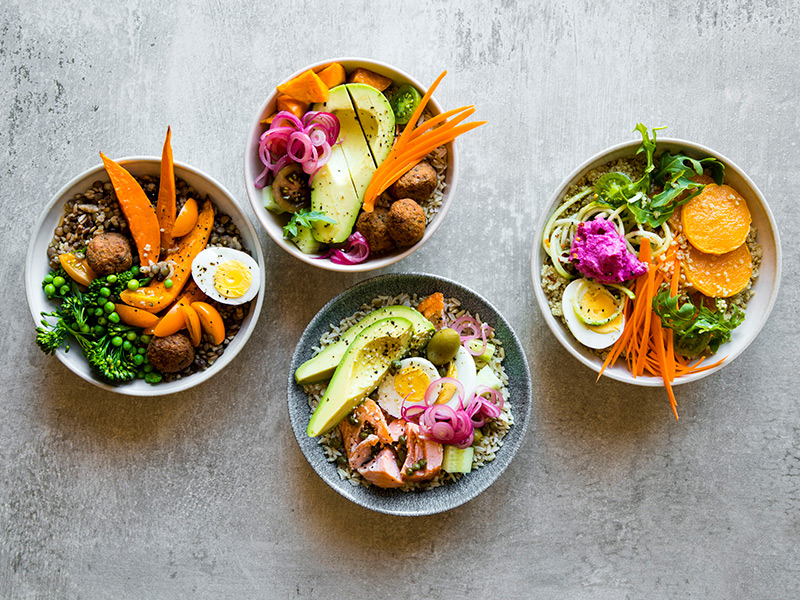
Lately, however, I've been lazy. Rather, other things in my life are using up more of my battery, leaving me with less reserve to battle the creepy-crawly itches of an eating disorder as they arise, and though I don't like to admit it, I've been scratching them.
When I found out Dana James—a cognitive behavior specialist and one of THE/THIRTY's favorite celebrity nutritionists was coming out with a book, The Archetype Diet ($16), I was intrigued. I had found myself in a place where I needed some support but didn't want to lean on others. Once again, food was becoming a crutch with new and old behaviors and thought patterns rearing their ugly heads. Not to the point requiring professional help (I've been there, and I'll know) but enough for me to seek a serviceable solution for this current season of life. (But please, if you or someone you know does need help, please, please seek it.) As helpful as I've found The Archetype Diet, it won’t substitute the treatment for an eating disorder.
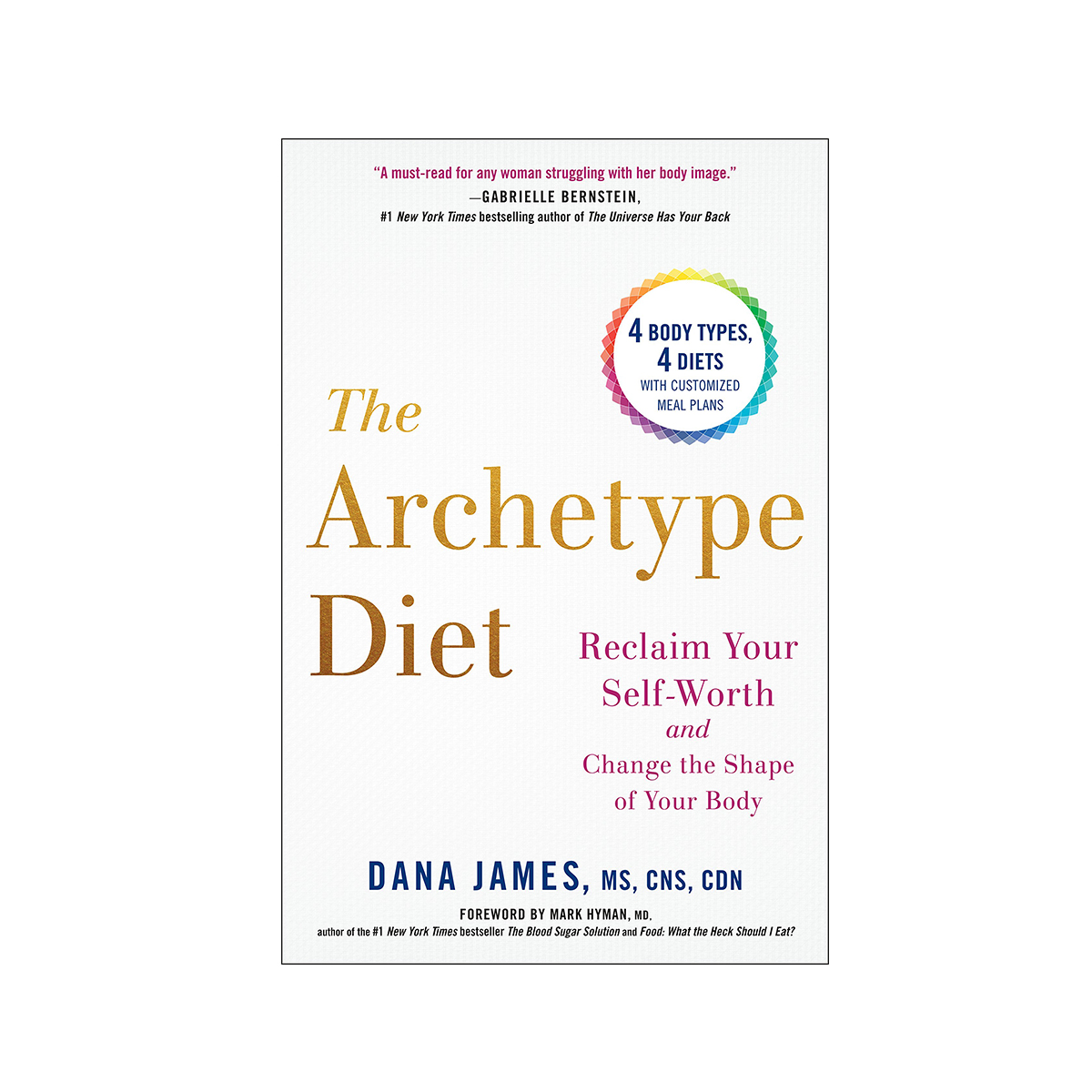
Anyway, now back to what you came here for! The Archetype Diet, James's shiny new book outlining an approach to eating that honestly represents the only diet that's ever made a stitch of sense to me or resonated in a personal way. Since reading it, I've improved how I understand and approach my relationship with food and have felt more at peace with my concerns and fears. Essentially, James presents four different female archetypes in her book: the nurturer, the wonder woman, the femme fatale (that's me!), and the ethereal. (To find out which you are, either order the book or take her online quiz, here.)
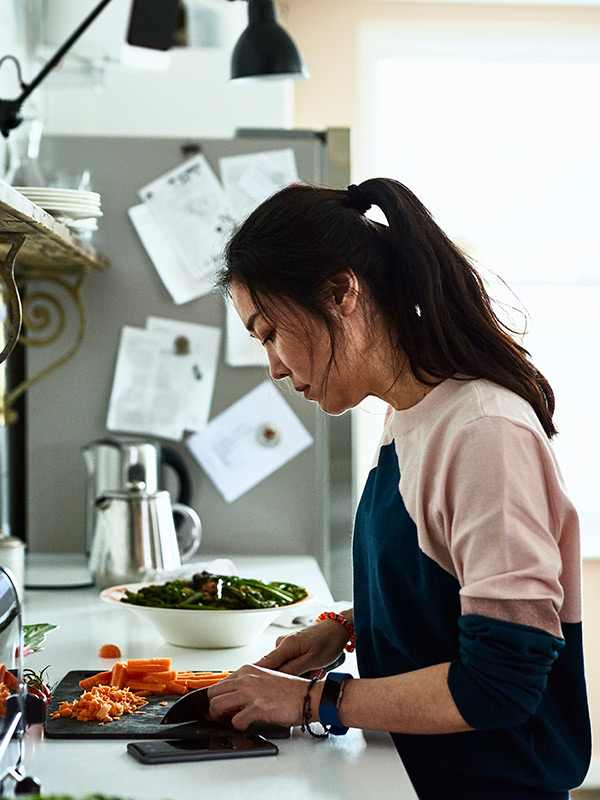
Then, after you've been introduced to your archetype (I've never related so hardcore to a quiz outcome in my life), James expertly guides you through an archetypal game plan addressing various goals and frustrations relating to food and/or weight. She explains why we store body fat in the places we do, prescribes unique meal plans with optimal foods for each archetype (don't worry, they're not overly restrictive and are meant to heal not hurt), and last but not least, confronts a beastly conundrum so many women (myself included) face: how to "crack the self-worth matrix," convincing us our value as women is based on an objective and outward influence—be it our looks (the femme fatale), drive for success (the wonder woman), giving to others (the nurturer), or placing precedence on being intuitive (the ethereal).
Keep reading for six ways The Archetype Diet—and embracing my inner Femme Fatale—have helped me heal and recalibrate.
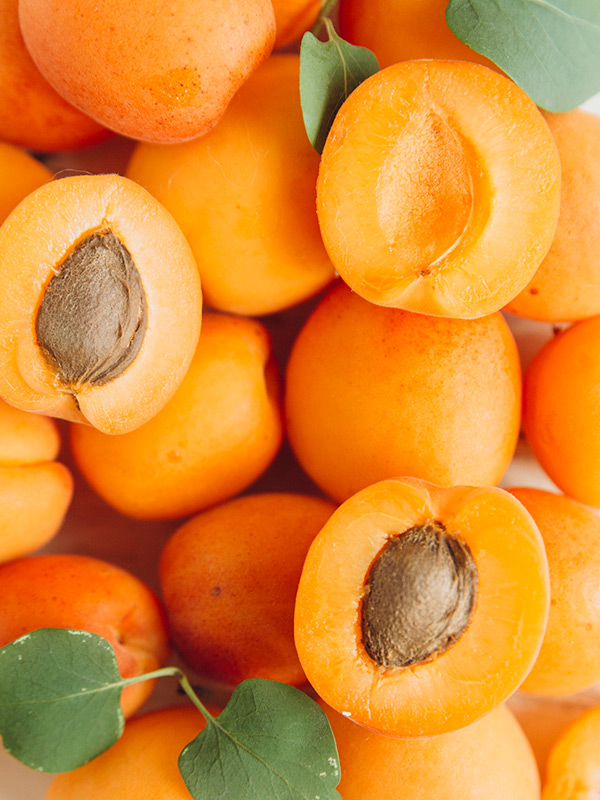
Not to sound too voodoo, but according to The Archetype Diet, the second chakra has a "stranglehold" on the femme fatale—representing "pleasure and how others perceived you—therefore reflecting the emotions connected to sex and power."
This chakra is represented by the color orange, and James suggests the femme fatal infuses her diet with all the orange goodness when the need for control feels threatening. Therefore, I've been stocking my fridge and pantry with orange-hued fruits like papaya, peaches, apricots, nectarines, bell peppers, butternut squash, carrots, persimmons, mango, oranges, cantaloupe, and sweet potatoes. And honestly, my body seems to like it.
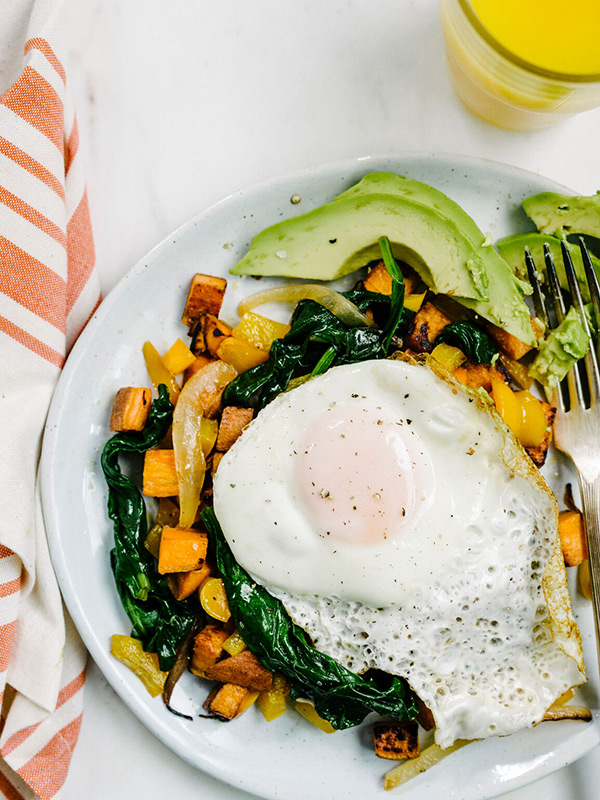
Specifically, 12 to 15 grams. Now, this is actually something I had been experimenting with on and on pre-Archetype, but now I've become adamant. Personally, my body feels its best when I start my day with something rich in protein and healthy fat versus something saturated with carbohydrates—even the healthy ones. (But again, what works for me might not be best for you—please always remember this, as it actually represents the essence of James's teaching.)
"Do not skip breakfast," James outlines in her book. "Coffee is not breakfast. Fruit is not breakfast. Always eat some form of protein for breakfast, like a plant-based smoothie, a chia seed pudding, or organic eggs." Handily, James also includes a specific 10-day meal plan and coordinating recipes for each archetype—outlining ideas for breakfast, lunches, dinners, and snacks. Most mornings, I've been opting for a combination of eggs and smoked trout or eggs and sausage, or a couple of times a week, I'll blend up a smoothie.
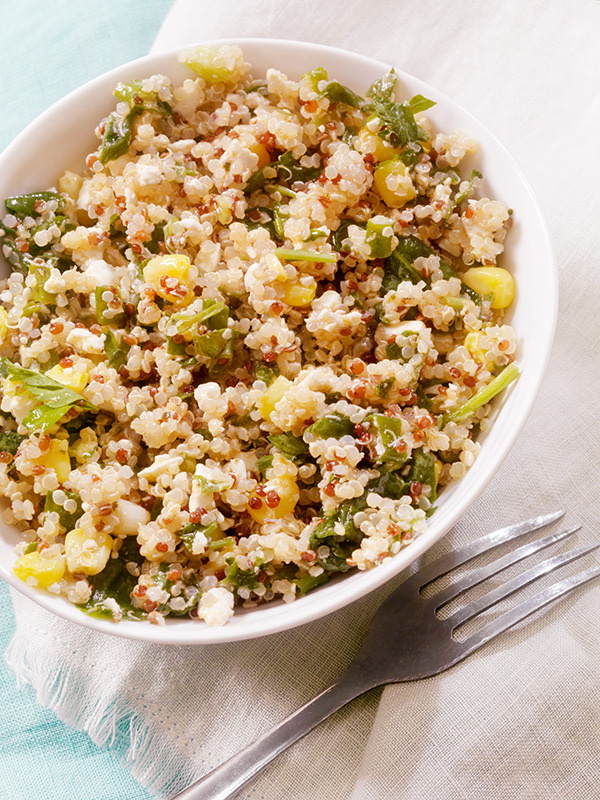
I don't know why I have trouble taking my own advice, but I do. As I've been reminded recently, and as James does in Archetype, carbs (in the right size and form) are an essential part of the female diet—especially for the femme fatale. Thus, James recommends eating 1/4-cup worth of carbs with both lunch and dinner to maintain a feeling of balance. She favors options like lentils, chickpeas, quinoa, black rice, sweet potatoes, or butternut squash.

Now, this is not to be confused with the practice of intermittent fasting—something James actually isn't a fan of. Instead, this 12-hour fast mimics the good old-fashioned kind we take care of (for the most part) during our natural sleep cycle. It's also something I had almost completely abandoned—what with working (and snacking) late into the night while on my laptop and then waking up early (like really early) around 5:30 or 6 a.m. Yikes. Now, I make sure to hit a 10-hour window, at least and interestingly, I've been feeling so much better—my mood is more even-keeled and my hunger and appetite less rampant.

Snacking is something my eating disorder has always had a field day with, and because of that, my pattern of eating the past few years has been erratic and a giant cause of stress and frustration for me. As a solve, James recommends the femme fatale snack twice a day—once mid-morning and once late afternoon to tide you over until dinner. And, considering I typically go to the gym after work and don't sit down for dinner until 7 or 8 p.m., this has proved pivotal. However, James doesn't recommend protein or carbohydrate-rich snacks. Instead, healthy fats (like a small portion of nuts or half of an avocado), and colorful fruits or vegetables is the name of the game.
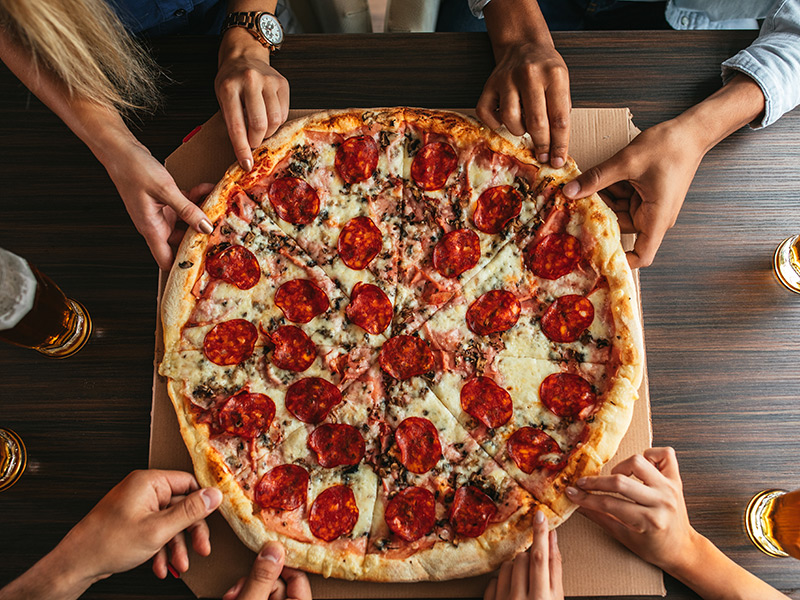
Now, I get how this may initially read diet-y or overly restrictive, but hear me out—this isn't a "cheat" meal, and for someone who struggles with power and control, it's a sound way of maintaining a balanced, less frenetic mindset around weekly indulgences.
"I do not want you to feel like you have to 'cheat' in order to enjoy foods that may fall outside of your archetype's recommendations," James explains in Archetype. "That's why I strongly encourage you to enjoy one pleasure meal a week—it's part of your plan and is meant to be savored and enjoyed without guilt.
"The goal of these plans is to help you form a peaceful relationship with food, which means not being afraid of it. I don't want you to ever feel guilty because you ate something you weren't 'supposed' to eat. If the idea of a treat meal has you panicking because you worry it will set off a binge, trust yourself more."
Trust—it's something that I've always grappled with. Not only in others but intrinsically as well. It's one of the reasons I've found myself so aligned with James's archetypal approach. She challenges us to confront our thoughts, our fears, our habitual patterns, our secrets, and our physiological makeup—to accept and trust them and to learn how to recalibrate an approach to food that works in synchrony, not paradoxically. Ultimately, James's prescription has eased some of the re-emerging turmoil I've begun to experience around body image my relationship with food. And for that, I'm hopeful.
Next up: The Best PCOS Diet, According to a Functional Nutritionist
This article is provided for informational purposes only and is not intended to be used in the place of advice of your physician or other medical professionals. You should always consult with your doctor or healthcare provider first with any health-related questions.
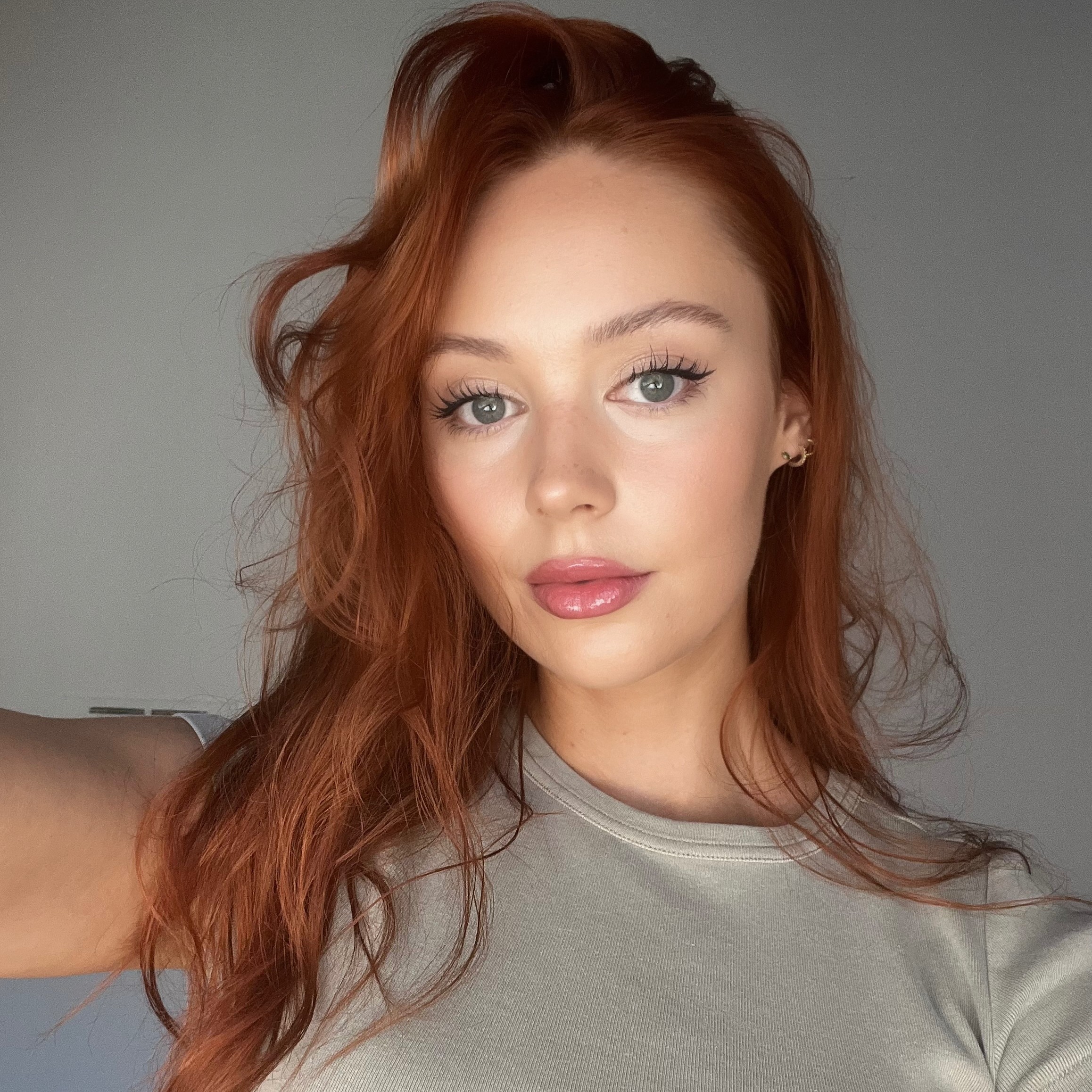
Erin has been writing a mix of beauty and wellness content for Who What Wear for over five years. Prior to that, she spent two and half years writing for Byrdie. She now calls Santa Monica home but grew up in Minnetonka, Minnesota, and studied writing, rhetoric, and communication at University of Wisconsin, La Crosse. She studied abroad in Galway, Ireland, and spent a summer in L.A. interning with the Byrdie and Who What Wear family. After graduating from UW, she spent one year in San Francisco, where she worked as a writer for Pottery Barn Kids and PBteen before moving down to L.A. to begin her career as a beauty editor.